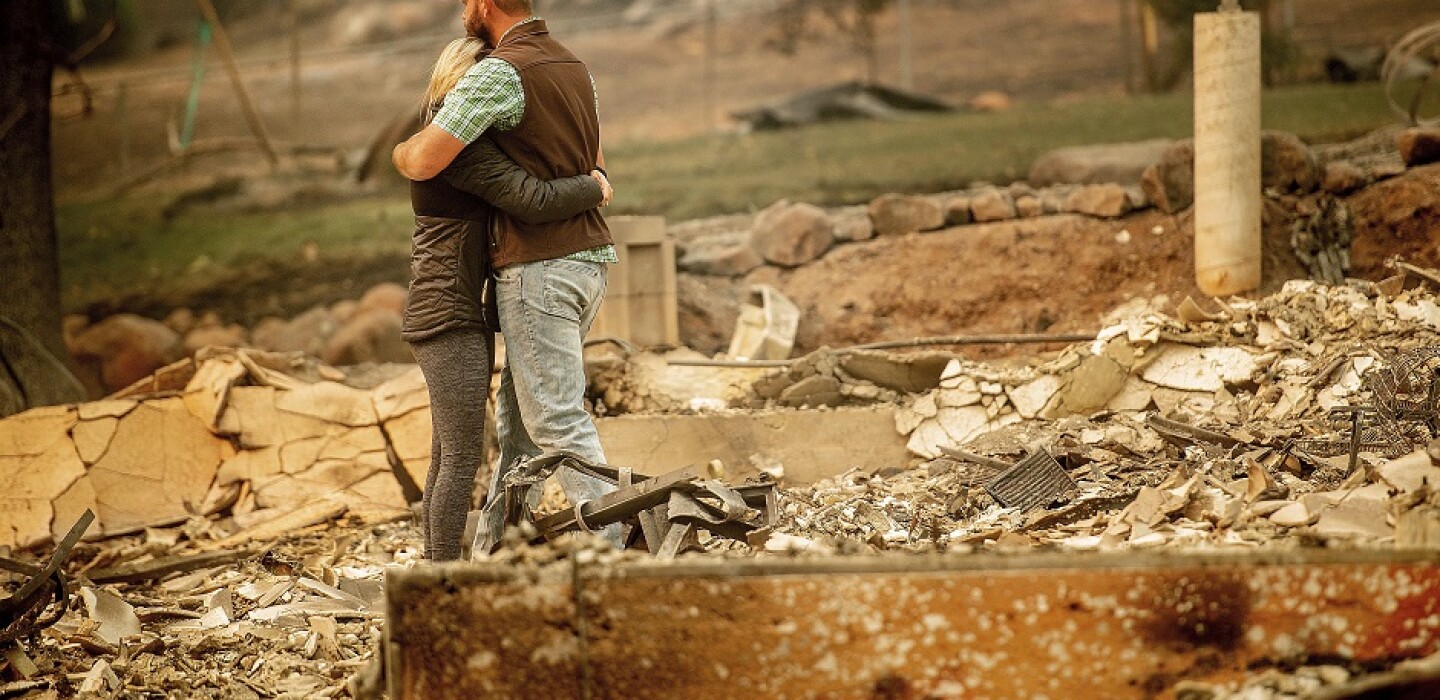
‘America Is Burning’ and Needs a Unified National Strategy
Fifty years after a report, America Burning, was issued to bring awareness to the nation’s fire problem, “America is still burning,” and with more vigor. Current methods of fire management and mitigation are not enough.
That was the message at a Sacramento, Calif., news conference today that brought together state, local and federal fire officials to highlight the nation’s challenges with wildfires that continue to grow and cause more death and destruction.
This year already, more than 800 Americans have been killed in home fires, including 100 children, and the wildland fires that destroy thousands of acres and structures and kill hundreds every year have yet to begin. In both fires contained to single homes and businesses and those in the Wildland Interface — areas where human development meets undeveloped lands — drought conditions from climate change and modern furnishings made from synthetic materials have escalated the problem. The drought conditions in the Wildland Urban Interface are producing fuel that is burning faster. The synthetic materials in homes burn faster. Thirty years ago, a small fire in a home would spread in about 30 minutes. Today, that same fire will spread in about five minutes.
“The threat of catastrophic wildfire in America’s interface communities demands national attention and a unified approach,” said Lori Moore-Merrell, U.S. fire administrator. “In fact, our current approaches to wildfire management and mitigation do not match the scale of the issue.”
California has witnessed some of the most destructive wildfires in history just during the last few years:
- December 2017. The Thomas Fire tore through Ventura and Santa Barbara counties, consuming more than 280,000 acres and destroying 1,053 structures. It killed one civilian and one firefighter.
- July 2018. The Carr Fire killed eight, including three firefighters, while burning nearly 230,000 acres and destroying 1,614 structures in Shasta and Trinity counties.
- November 2018. The Camp Fire destroyed the town of Paradise, extinguishing 153,000 acres and 18,804 structures and killing 85 people.
Chief Brian Marshall of the California Office of Emergency Services, Fire and Rescue highlighted these three fires to make a point: These fires do not stand alone, but they garnered the focus of national media attention that most fires don’t get.
“But what about the fires that don’t make the news?” Marshall asked.
In 2021 there were 480,000 structure fires in America. “That’s one every 93 seconds,” Marshall said. “But how many of these made the front page?”
He said it’s a national problem that needs national attention and a unified approach. “We can make a change for the better and reduce the economic loss and, most importantly, reduce the tragic human toll.”
The country suffers billions of dollars of damage directly and indirectly every year from fires, and the effects of smoke on human health aren’t totally known yet. And most U.S. residents, even those in direct danger, don’t adequately understand the impact.
“Fuels [in the Wildland Urban Interface] are both fire dependent and fire prone today,” Moore-Merrell said, “and 99 million people, one-third of the population, lives in the Wildland Urban Interface and yet most have little or no idea what the interface is or the danger that it poses.”
And change isn’t going to come via volunteerism or adhering to current strategies. Ray Bizal, director of regional operations for the National Fire Protection Association, used hospitals, school buildings and high-rises as examples of structures that used to be threatened by fires. But code enforcement has dramatically reduced fires in those locations, and consequently deaths and property damage associated with those types of structures.
“Research shows us the most powerful recipe for safety in the built environment is the application of science and technologies through mandated codes and standards, and an informed public that can take action against its own risk,” Bizal said. “It’s time to require all homes and businesses in the Wildland Interface to be more resistant to ignition from wildfire embers and flames.”


Average Rating